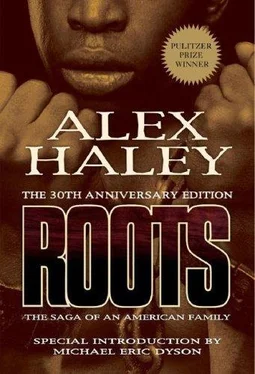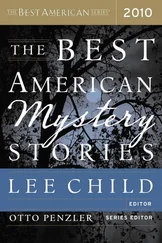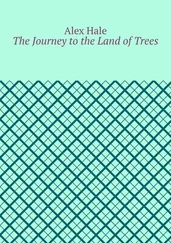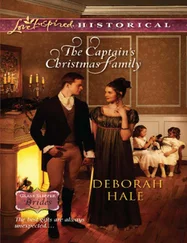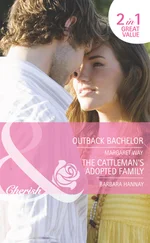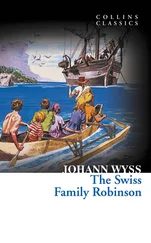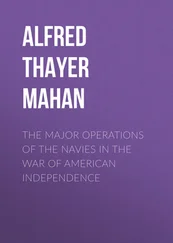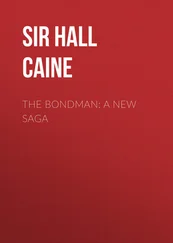Now I flew to Kansas City again, to see Cousin Georgia.
I think that I will never quite get over her instant response when I raised the subject of the family story. Wrinkled and ailing, she jerked upright in her bed, her excitement like boyhood front-porch echoes:
“Yeah, boy, dat African say his name was ‘Kin-tay’! . . . He say de guitar a ‘ ko, ’ de river ‘Kamby Bolongo,’ an’ he was choppin’ wood to make hisself a drum when dey cotched ’im!”
Cousin Georgia became so emotionally full of the old family story that Floyd, Bea, and I had a time trying to calm her down. I explained to her that I wanted to try to see if there was any way that I could possibly find where our “Kin-tay” had come from . . . which could reveal our ancestral tribe.
“You go ’head, boy!” exclaimed Cousin Georgia. “Yo’ sweet grandma an’ all of ’em—dey up dere watchin’ you!”
The thought made me feel something like . . . My God!
Soon after, I went to the National Archives in Washington, D.C., and told a reading-room desk attendant that I was interested in Alamance County, North Carolina, census records just after the Civil War. Rolls of microfilm were delivered. I began turning film through the machine, feeling a mounting sense of intrigue while viewing an endless parade of names recorded in that old-fashioned penmanship of different 1800s census takers. After several of the long microfilm rolls, tiring, suddenly in utter astonishment I found myself looking down there on: “Tom Murray, black, blacksmith—,” “Irene Murray, black, housewife—” . . . followed by the names of Grandma’s older sisters—most of whom I’d listened to countless times on Grandma’s front porch. “Elizabeth, age 6”—nobody in the world but my Great Aunt Liz! At the time of that census, Grandma wasn’t even born yet!
It wasn’t that I hadn’t believed the stories of Grandma and the rest of them. You just didn’t not believe my grandma. It was simply so uncanny sitting staring at those names actually right there in official U. S. Government records.
Then living in New York, I returned to Washington as often as I could manage it—searching in the National Archives, in the Library of Congress, in the Daughters of the American Revolution Library. Wherever I was, whenever black library attendants perceived the nature of my search, documents I’d requested would reach me with a miraculous speed. From one or another source during 1966, I was able to document at least the highlights of the cherished family story; I would have given anything to be able to tell Grandma—then I would remember what Cousin Georgia had said, that she, all of them, were “up there watchin’.”
Now the thing was where, what, how could I pursue those strange phonetic sounds that it was always said our African ancestor had spoken. It seemed obvious that I had to reach as wide a range of actual Africans as I possibly could, simply because so many different tribal tongues are spoken in Africa. There in New York City, I began doing what seemed logical: I began arriving at the United Nations around quitting time; the elevators were spilling out people who were thronging through the lobby on their way home. It wasn’t hard to spot the Africans, and every one I was able to stop, I’d tell my sounds to. Within a couple of weeks, I guess I had stopped about two dozen Africans, each of whom had given me a quick look, a quick listen, and then took off. I can’t say I blame them—me trying to communicate some African sounds in a Tennessee accent.
Increasingly frustrated, I had a long talk with George Sims, with whom I’d grown up in Henning, and who is a master researcher. After a few days, George brought me a list of about a dozen people academically renowned for their knowledge of African linguistics. One whose background intrigued me quickly was a Belgian Dr. Jan Vansina. After study at the University of London’s School of African and Oriental Studies, he had done his early work living in African villages and written a book called La Tradition Orale. I telephoned Dr. Vansina where he now taught at the University of Wisconsin, and he gave me an appointment to see him. It was a Wednesday morning that I flew to Madison, Wisconsin, motivated by my intense curiosity about some strange phonetic sounds . . . and with no dream in this world of what was about to start happening....
That evening in the Vansinas’ living room, I told him every syllable I could remember of the family narrative heard since little boyhood—recently buttressed by Cousin Georgia in Kansas City. Dr. Vansina, after listening intently throughout, then began asking me questions. Being an oral historian, he was particularly interested in the physical transmission of the narrative down across generations.
We talked so late that he invited me to spend the night, and the next morning Dr. Vansina, with a very serious expression on his face, said, “I wanted to sleep on it. The ramifications of phonetic sounds preserved down across your family’s generations can be immense.” He said that he had been on the phone with a colleague Africanist, Dr. Philip Curtin; they both felt certain that the sounds I’d conveyed to him were from the “Mandinka” tongue. I’d never heard that word; he told me that it was the language spoken by the Mandingo people. Then he guess translated certain of the sounds. One of them probably meant cow or cattle, another probably meant the baobab tree, generic in West Africa. The word ko, he said, could refer to the kora, one of the Mandingo people’s oldest stringed instruments, made of a halved large dried gourd covered with goatskin, with a long neck, and twenty-one strings with a bridge. An enslaved Mandingo might relate the kora visually to some among the types of stringed instruments that U.S. slaves had.
The most involved sound I had heard and brought was Kamby Bolongo, my ancestor’s sound to his daughter Kizzy as he had pointed to the Mattaponi River in Spotsylvania County, Virginia. Dr. Vansina said that without question, bolongo meant, in the Mandinka tongue, a moving water, as a river, preceded by “Kamby,” it could indicate the Gambia River.
I’d never heard of it.
An incident happened that would build my feeling—especially as more uncanny things occurred—that, yes, they were up there watchin’ ...
I was asked to speak at a seminar held at Utica College, Utica, New York. Walking down a hallway with the professor who had invited me, I said I’d just flown in from Washington and why I’d been there. “The Gambia? If I’m not mistaken, someone mentioned recently that an outstanding student from that country is over at Hamilton.”
The old, distinguished Hamilton College was maybe a half hour’s drive away, in Clinton, New York. Before I could finish asking, a Professor Charles Todd said, “You’re talking about Ebou Manga.” Consulting a course roster, he told me where I could find him in an agricultural economics class. Ebou Manga was small of build, with careful eyes, a reserved manner, and black as soot. He tentatively confirmed my sounds, clearly startled to have heard me uttering them. Was Mandinka his home tongue? “No, although I am familiar with it.” He was a Wolof, he said. In his dormitory room, I told him about my quest. We left for The Gambia at the end of the following week.
Arriving in Dakar, Senegal, the next morning, we caught a light plane to small Yundum Airport in The Gambia. In a passenger van, we rode into the capital city of Banjul (then Bathurst). Ebou and his father, Alhaji Manga—Gambians are mostly Moslem—assembled a small group of men knowledgeable in their small country’s history, who met with me in the lounge of the Atlantic Hotel. As I had told Dr. Vansina in Wisconsin, I told these men the family narrative that had come down across the generations. I told them in a reverse progression, backward from Grandma through Tom, Chicken George, then Kizzy saying how her African father insisted to other slaves that his name was “Kin-tay,” and repetitively told her phonetic sounds identifying various things, along with stories such as that he had been attacked and seized while not far from his village, chopping wood.
Читать дальше
